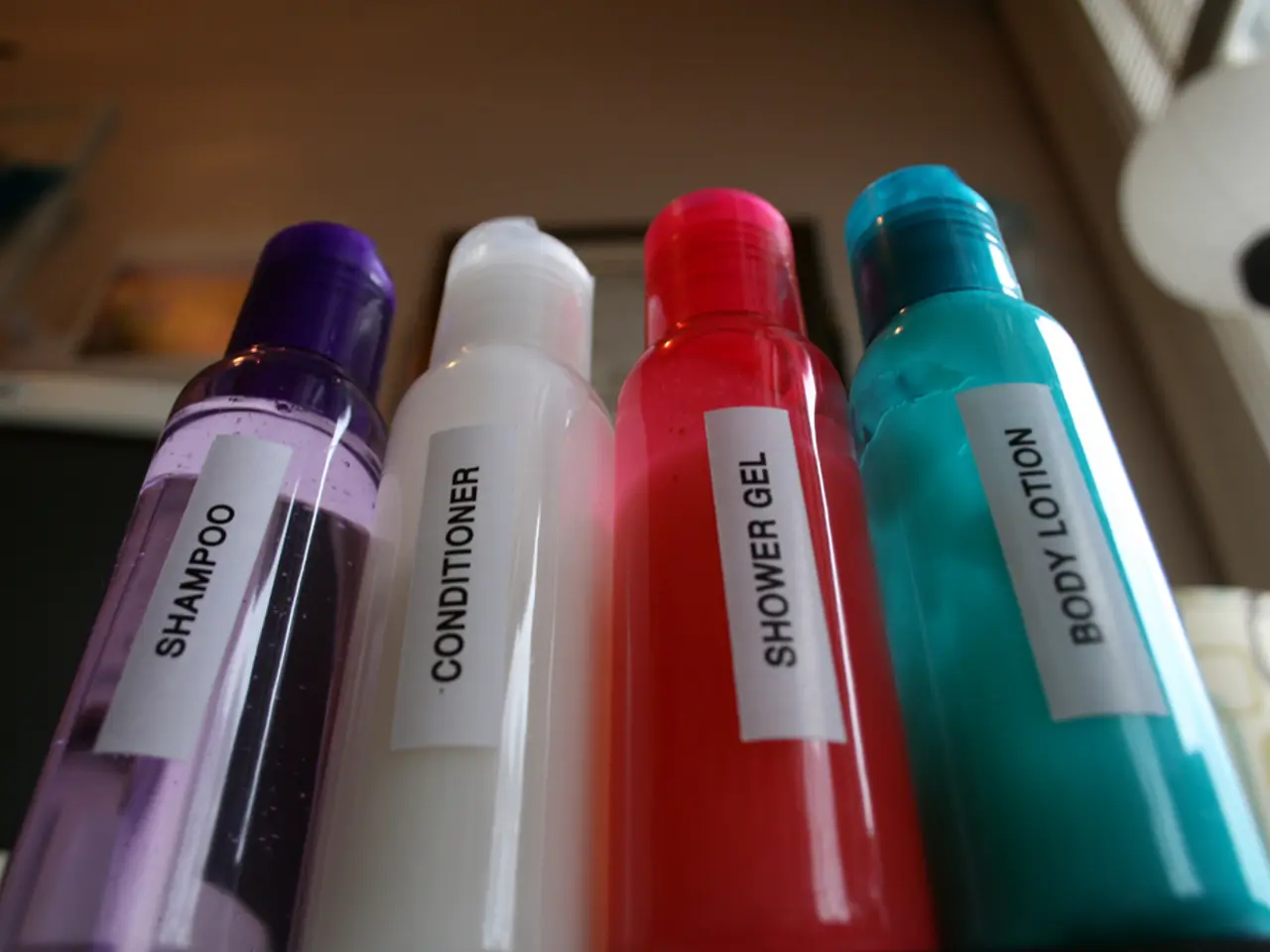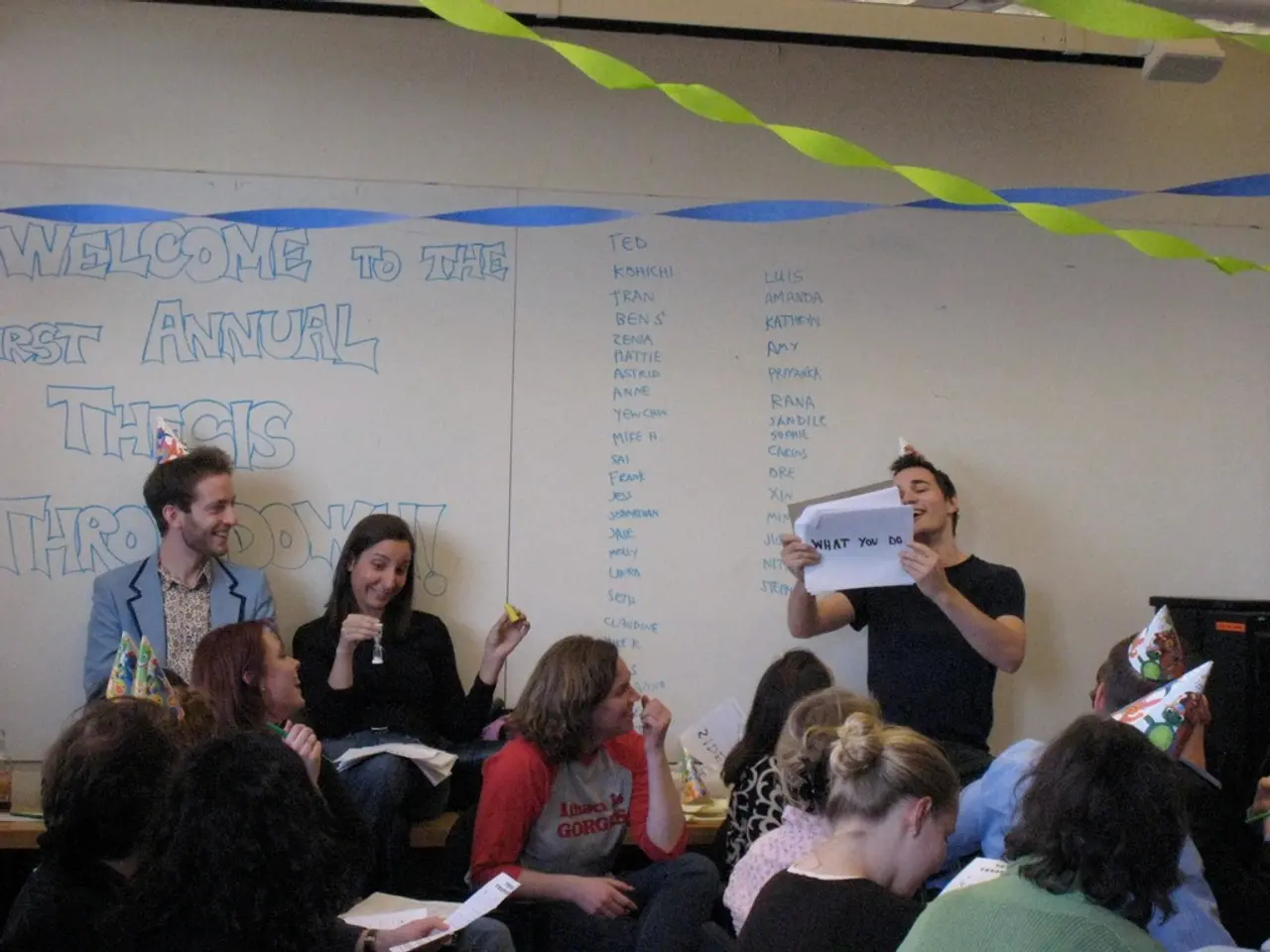Social media platforms, like TikTok, are incorporating community notes as a means of collaborative fact-checking. This strategy is being adopted to validate information shared on these platforms.
Social media platforms like TikTok, Meta (Facebook and Instagram), and Twitter (now X) have introduced community-based fact-checking systems to combat misinformation. These features, while modestly effective, face notable limitations.
TikTok's new feature, Footnotes, enables users to write and rate notes to provide context for content on their feeds. Similarly, X's Community Notes and Meta's fact-checking systems aim to leverage the "wisdom of the crowd" to add context or corrections. However, studies show that these user-generated notes have varying degrees of accuracy and coverage. For instance, only about 29% of notes on election-day posts were deemed helpful, and nearly a third addressed posts without verifiable claims [1][3].
Despite these limitations, community-based systems offer some advantages. They are economically efficient, reducing reliance on costly professional fact-checkers by spreading the workload across users [2]. These systems utilize crowd validation and voting to filter out low-quality corrections, but this requires sustained user engagement and a balanced crowd to avoid biases or misuse [1][2].
When integrated systematically, these community contributions can be more impactful. For example, TikTok's approach combines community notes with professional fact-checking partnerships, which experts suggest is a promising hybrid model [5]. Meta, on the other hand, has replaced some professional fact-checking with community notes, aiming for a democratic consensus model and better political neutrality, but this strategy may reduce fact-checking costs more than improve factual accuracy [2].
However, these systems are not without challenges. Community notes sometimes introduce misleading context by emphasizing unrelated statistics or narratives, which can confuse rather than clarify misinformation [3]. Low recall of misleading posts and the fact that many notes do not target actual misinformation limit their overall impact [3]. User motivation and political balance in the crowd significantly affect how well community fact-checking counters falsehoods [1].
Professional fact-checkers generally provide deeper, expert analysis and responsiveness during crises, which user communities alone cannot match consistently [5]. Therefore, these community-based systems should be seen as a partial solution, complementing professional fact-checking efforts rather than replacing them.
In conclusion, community-based fact-checking on platforms like TikTok, Meta, and Twitter provides a useful but partial tool against misinformation. Its effectiveness improves when integrated systematically, combined with professional fact-checking, and when platforms optimize visibility and quality controls for community contributions [1][4][5].
[1] Digital Democracy Institute of the Americas (DDIA) study, June 2023 [2] Meta report, March 2023 [3] X's Community Notes study, October 2022 [4] TikTok whitepaper, July 2022 [5] Expert opinion, April 2023
- Social media platforms like TikTok, Meta, and Twitter are also exploring technology in education-and-self-development, offering resources for critical thinking and media literacy to help users navigate the digital world.
- In addition to entertainment, these platforms can serve as a means for personal growth, where technology-enabled learning resources can empower individuals to identify and avoid misinformation, thereby reinforcing the overall goal of combating misinformation on social media.




